
Each lens has a focal length. But what exactly is the focal length? How does it affect your photo? What is the difference between a variable or fixed value? In this article, we will answer all these questions.
Focal length | Angle of view | Zoom vs. Prime | Calculate | Photograph
The focal length of a camera is the space between the lens and the point where incoming light rays meet again. The light rays are refracted by the lens and converge again in the sensor of your camera. You can recognise the focal length by the number of millimetres on the lens. This number indicates the distance at which the light beams converge on the camera sensor, and thus the focal length.
Very technical, all of that. More importantly, you need to know what it does while shooting. The focal distance determines how much can be seen in your photos and how much the subject will be in focus.
So it has a lot of influence on your photos. The focal length itself indicates how far you zoom. Along with the angle of view, it affects how much is in the image.
Worth remembering:
Therefore, a wide-angle lens gives a different image than a telephoto lens.
Lenses can be divided into zoom lenses and prime lenses. This depends on the focal distance. Is it variable or fixed?
A zoom lens is a lens with a variable focal length. The lens has two values. A minimum and maximum, or your zoom range. From the extreme angle to the maximum position. This provides a solution in situations where it is difficult to get closer. This way you still get a different photo without moving.
Popular zoom lenses: 24-70mm, 18-135mm, 28-75mm, 70-200mm and 100-400mm.
A prime lens is a lens with a fixed focal length, zooming is therefore not possible. Because you can’t zoom you have to get creative, that includes more movement. Do you want less in the picture? Then you have to get closer to your subject. Or do you want to bring more into the picture? Then you have to take a few steps backwards.
Popular prime lenses: 35mm, 50mm and 100mm.
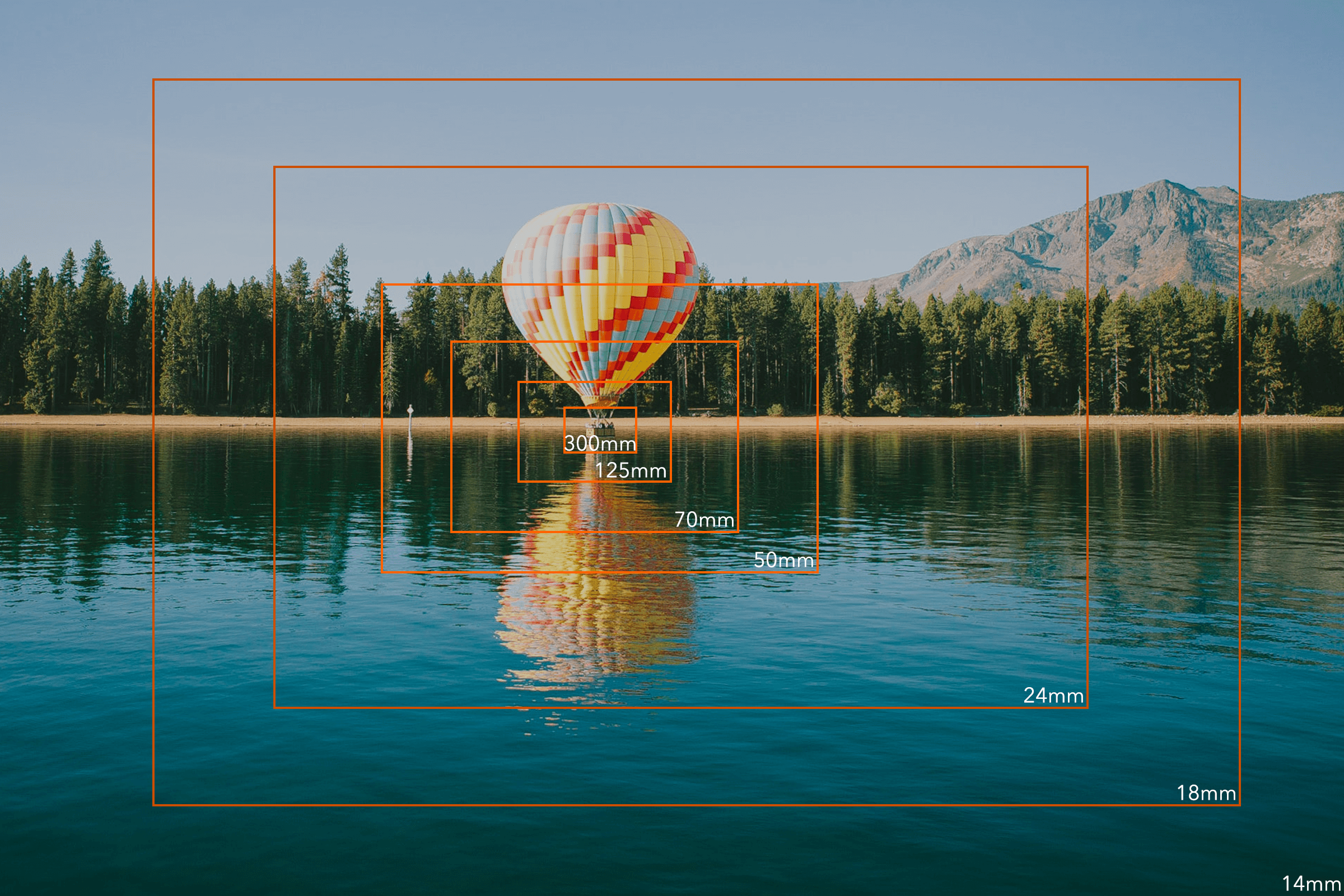
The values on your lens are not always the actual, or effective, focal length. This is due to the size of your camera sensor. The camera sensor is another determining factor in how big the subject will be in the picture.
Do you have a full frame camera? Then everything will be view. Does your camera have a crop sensor? Then the image will be closer than the value indicates. So the true focal length is different.
Want to calculate the true value? Then use the following calculation:
Camera crop factor x Focal Length (in mm) = Effective focal length (in mm)
Different lenses with different focal lengths. But which one is the best choice? How do you know which one suits you and your photography ambitions? We have listed the best known types of lenses. You will also see what type of photography they are most suitable for.
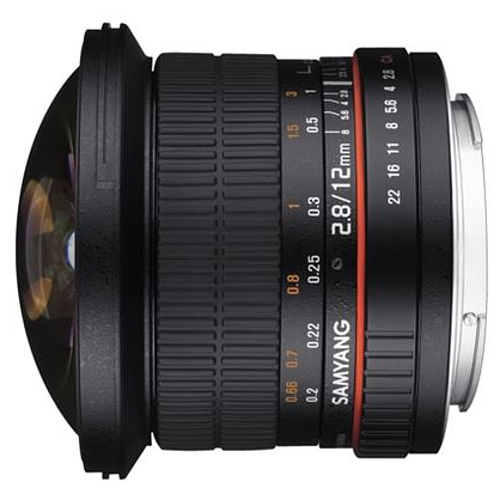
Fisheye lens: 7,5 to 15mm
Fisheye lenses have a very small focal length with an extremely wide angle of view. The lens is spherical which creates the spherical effect. This makes these lenses ideal at events and festivals. They are also ideal for creative photography.
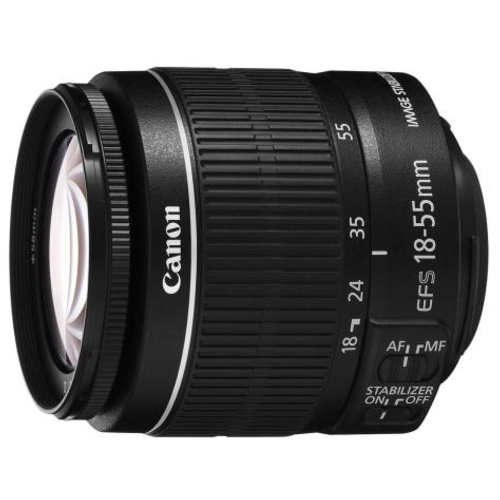
Wide-angle lens: 12 to 35mm
Wide-angle lenses have a short focal length and a wide angle of view. The lens has a slight convexity. As a result, it depicts a wide-open landscape. Therefore, these lenses are excellent for landscape photography. They are also ideal for interior photography.
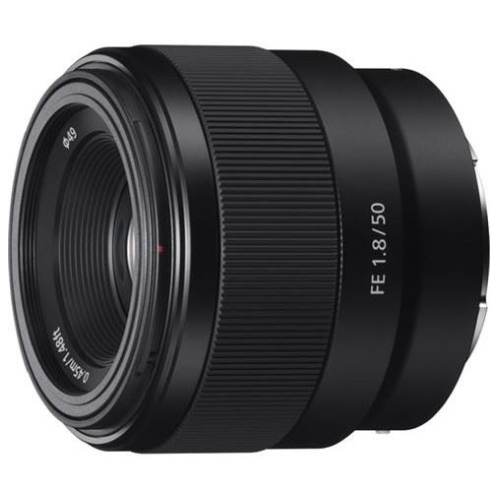
Portrait lens: 50 to 85 mm
Portrait lenses most closely resemble the view of an human eye. The lens has a normal angle of view, just like we see the world naturally. In addition, the focal length is neither small nor large. This makes these lenses ideal for various types of photography. Especially for portraits, these lenses work perfect.
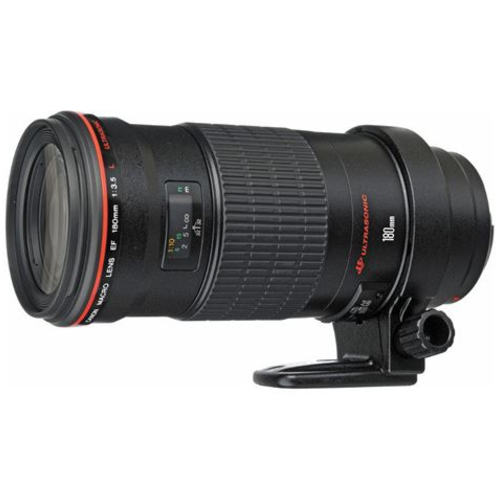
Telephoto lens: 70 to 300mm
Telephoto lenses have a large focal length and a small angle of view. You bring everything closer with the telephoto lens. This allows you to take a beautiful picture of your subject from the greatest distance. These lenses are perfect for various types of photography, especially for sports and wildlife photography.
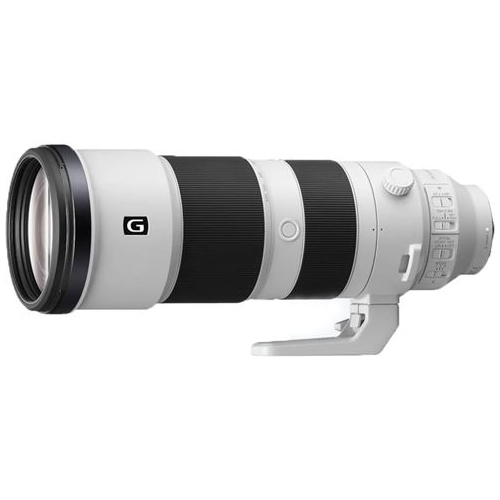
Super telephoto lens: 300 to 600mm
Super telephoto lenses are equivalent to a telescope. The lenses have a very large focal length with an extremely narrow angle of view. This allows you to take pictures of the smallest details while your subject is super far away. This makes these lenses perfect for astrophotography.
Read more

We will tell you everything about lenses. Zoom lenses, Macro lenses and much more
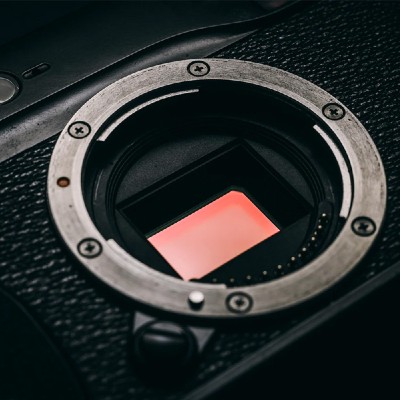
Lens mounts are an important part of your gear, read all about it here.

We no longer need a physical photo album, but how do you save and store your pictures?

Read all about one of the most used terms in photography: depth of field.